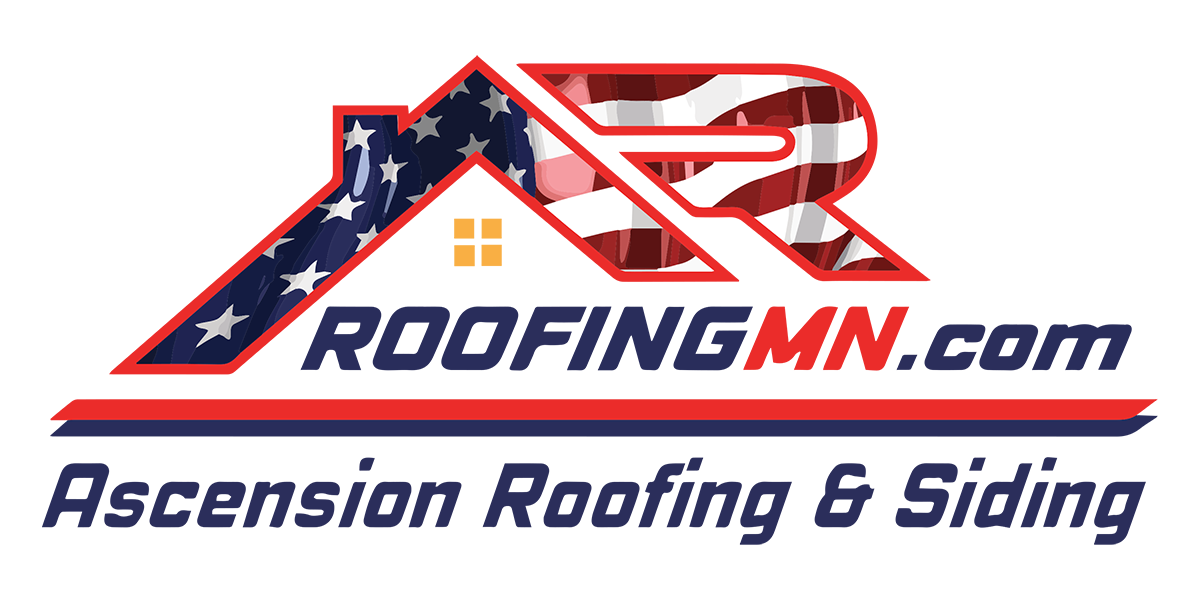Powerful storms evoke instinctive fear when they push through your area. Once the skies clear up, you’ll feel relieved when everything seems okay. However, some damage might occur beyond your eye’s view.
You can easily miss storm damage on your roof until it affects other structures within your home. As the Twin Cities’ leading roofers, the team at Ascension Roofing and Siding recommends that you inspect your roof and home following stormy weather. They listed some signs that inclement weather might have caused damage to your roof below.
Understanding How Storms Can Damage Your Roof
Severe weather introduces numerous variables to the environment. Some of your major concerns might include:
- Fast, strong winds: A persistent wind can push and lift materials off of your roof.
- Heavy, sudden rains: If your roof system already had damage before the storm, it can degrade further when heavy rainfall seeps into your roofing materials.
- Hail: Hailstones are balls of frozen precipitation. They can be pea-sized or baseball-sized.
- Lightning strikes: If lightning strikes your home, it can damage the chimney, flashing, and other components.
- Fallen trees: When a mature tree lands atop your home, it puts excessive pressure on the roof and subroof and may puncture them.
Most of the time, you can quickly identify potential structural threats when you inspect the roof after the storm.
5 Signs of Storm Damage on the Roof
A damaged roof won’t always quickly show signs of disrepair. Storm damage on the roof manifests in myriad ways. Some issues are small enough that you may not notice for weeks or months. Others immediately impact your property’s structural safety. Check for the following signs of degrading or damaged roofing following strong Midwestern gails.
#1. Evidence of Leaks
Water damage is one of those problems you might struggle to detect or notice immediately. Some subtle signs of a leaky roof include:
- Upper stories that feel more humid than usual
- Brown or yellow water stains spreading across your ceiling
- Musty smells in the attic
Some more obvious indicators include water dripping from the ceiling or thriving algae and mold colonies on your roof’s surface.
#2. Scattered Shingles
Is your lawn littered with cedar shake or asphalt shingles? If so, schedule a professional roof inspection as soon as you can. You’ll need more than a simple cleanup session.
Reputable roofers nail down and secure the shingles. When a powerful wind lifts and removes them, it leaves portions of your subroof exposed. This type of wind damage can lead to eventual water infiltration.
#3. Warped or Cracked Gutter Components
Gutters keep water from eroding soil away from building foundations by redirecting it to designated drainage areas. If your gutter system becomes clogged or damaged, it won’t function properly. Heavy rains can weigh down the gutters while warping roof slopes.
Gutters can also sustain hail damage from large and heavy stones. Golfball- or baseball-sized stones can strike vinyl gutters, cracking and loosening them from their fasteners. Their weight can gradually warp your roof.
#4. Shingle Granules on the Ground
Asphalt shingles feature granules coating their surfaces. These tiny black pieces of material prevent UV rays from penetrating the shingle. Otherwise, each shingle would lose its integrity faster.
Asphalt shingles gradually lose their gravel-like granule coatings over time. Therefore, spotting some scattered granules here and there is normal.
However, you might notice a patch of what looks like tiny black stones around the edge of your house. You may also discover that some shingles feature bare, textureless patches. These can both be a sign of storm damage. The wind and rain can loosen the granule coatings, causing the grainy material to erode and fall off around the edge of a building.
#5. Fallen Trees, Limbs, and Other Debris
If you step outside after a particularly destructive storm, you might notice fallen limbs, disturbed outdoor furniture, or garbage kicked up by the gail. These observations indicate that the wind and precipitation were strong enough to lift and carry heavier objects. Check your roof for weak spots, missing shingles, and fallen debris.
You might also scour the structure for punctures or perforations, even when you can’t find debris. Contact a roofing contractor like Ascension Roofing and Siding to repair holes, cracks, and exposed subroofing.
Ascension Roofing and Siding Provides Free Inspections
Ascension Roofing and Siding’s free roof inspections can turn up hidden storm damage on your roof. They can also guide you on how to choose a roofing contractor that meets your expectations. Schedule a free inspection with their contractors for an effective roof repair approach.
